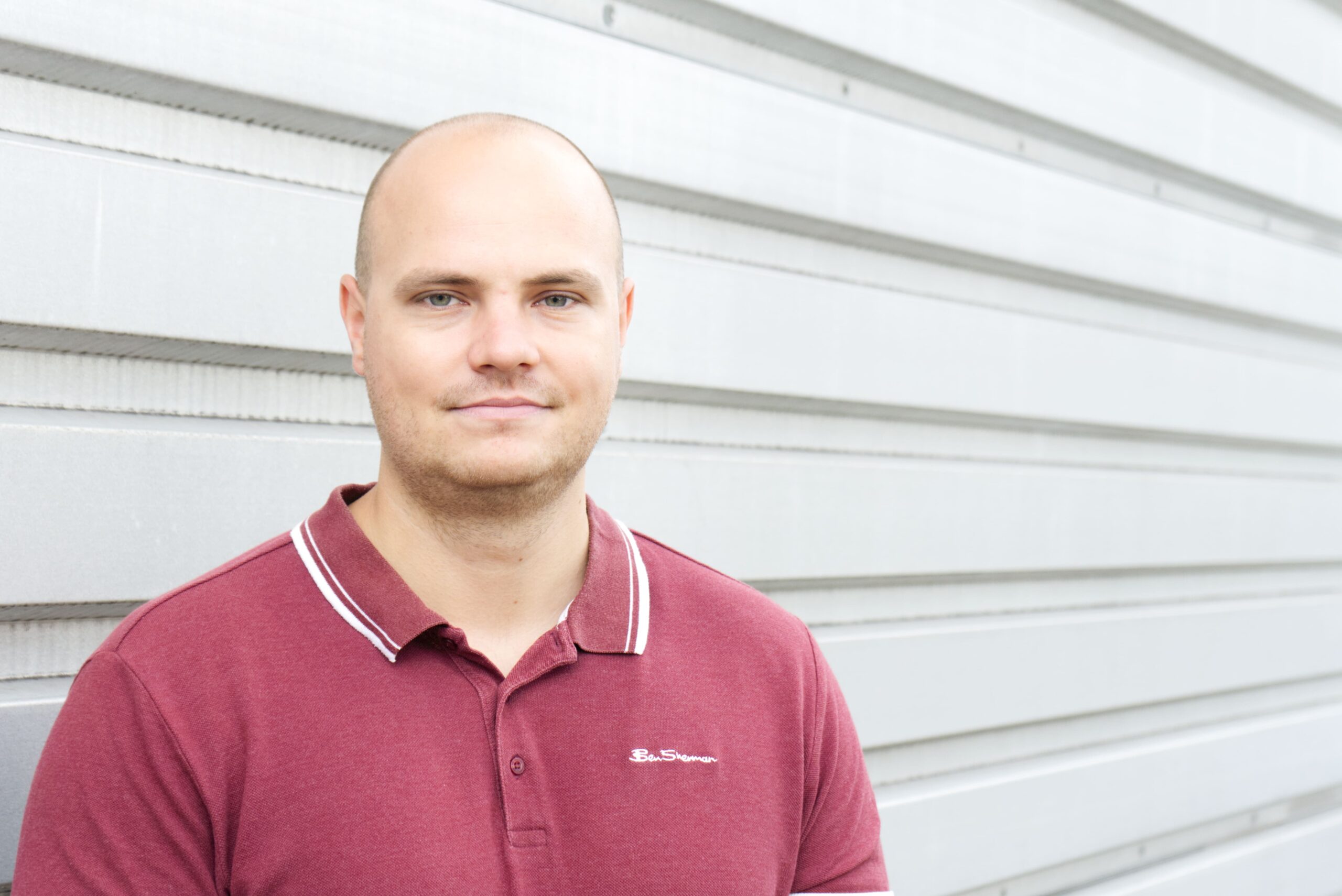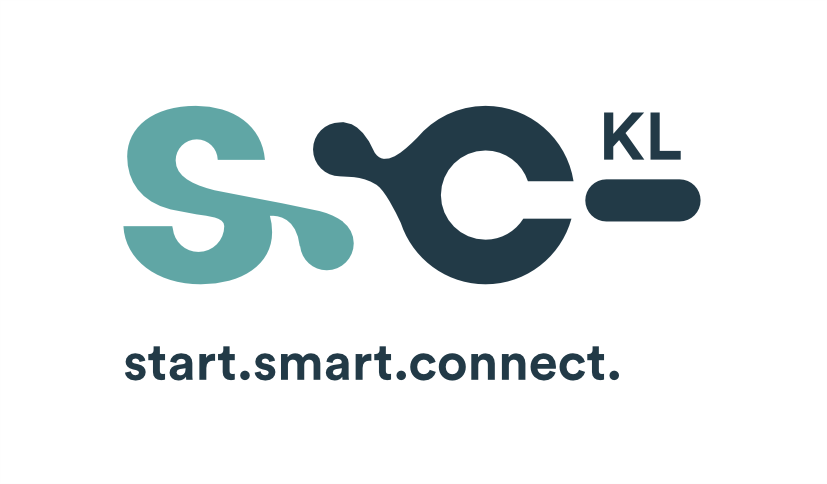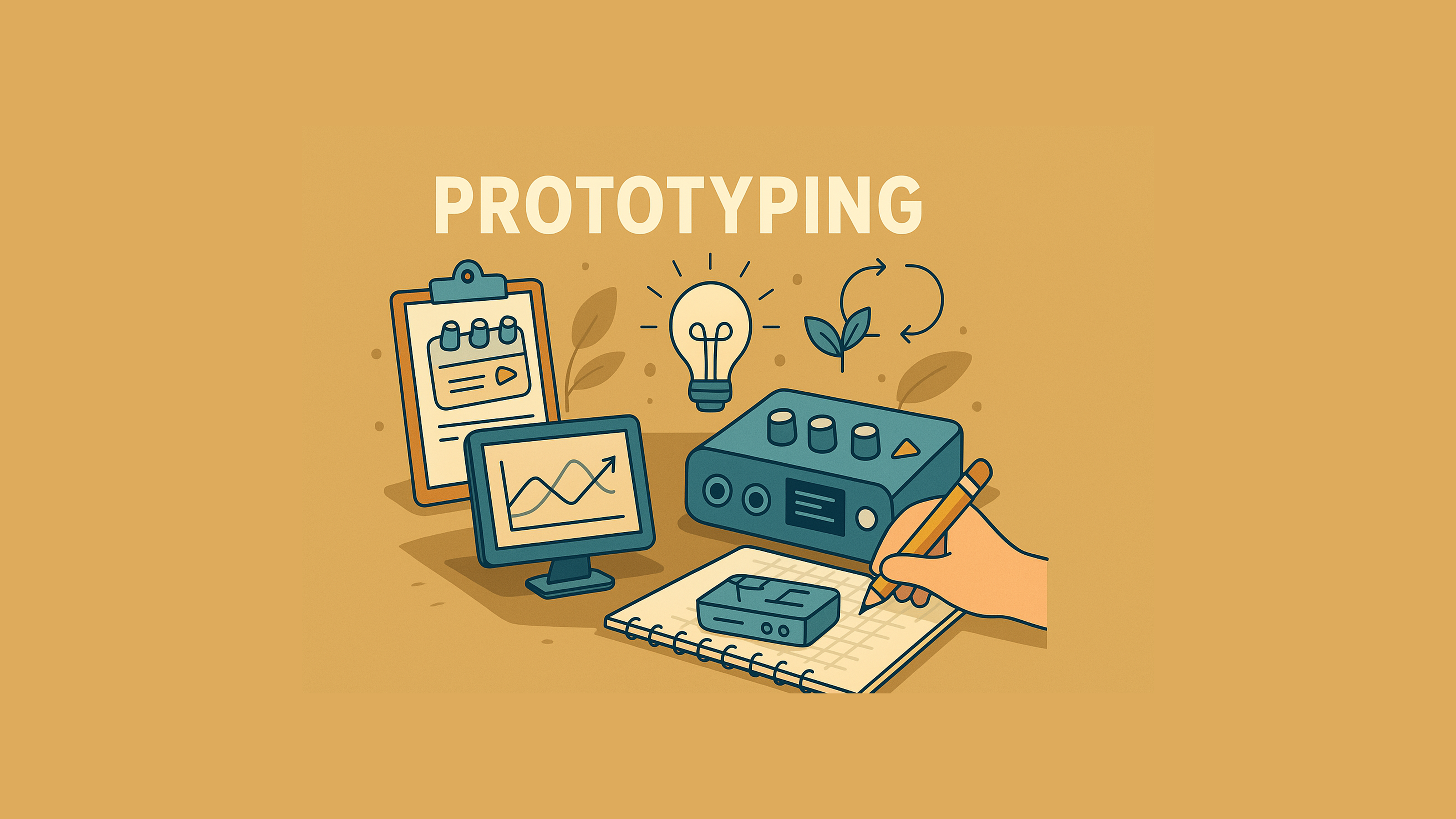From concept to tangible product – efficient, practical and user-centred.
In this e-learning course, Lars Laumeyer – innovation consultant and founder of crenso – teaches you everything you need to know for a professional and resource-efficient prototyping process. The course is aimed at founders, start-ups, developers, students and researchers who want to turn their own ideas into viable products.
Course content:
-
- Strategies for getting started with prototyping
- Functional and stress tests explained in an understandable way
- Tools and techniques: CAD, simulation, mock-ups and more
- Cost awareness: ROI, make-or-buy, production planning
- Safety, product liability and legal pitfalls
- Creative methods, team processes & hackathons
- Tips for collaborating with makerspaces, FabLabs & partners
Special extra:
Lars Laumeyer not only guides you through the theory with his experience, but also gives you insights into real development projects. He also offers free support for teams in the pre-start-up phase.
Learning objectives
What you will take away from the course:
-
- Concrete steps for implementing your idea
- Clarity about meaningful tests, risks & optimisation potential
- A structured understanding of development processes
- Practical tips for collaborating with external partners
- Access to valuable resources for prototype development in the university environment and beyond
1. Why Prototyping?
2. Purpose of a prototype
3. Verification and refinement of prototypes
4. Functional and performance testing of prototypes
5. Building a prototype
6. Return on Investment, Frontloading and Co.
7. Softwaretools
8. Best Practices
9. Prototyping design
10. Manufacturing process
11. Conclusion
Checklist
1) Define goal & scope
-
- Specify the prototype’s purpose (e.g., demonstrate concept, verify a function, test user flow, collect feedback).
- Formulate concrete questions/hypotheses (what do you want to learn or falsify?).
- Limit scope: what’s in this iteration, what’s explicitly out?
- Set success criteria (how will you know the prototype served its purpose?).
2) Clarify target users & context of use
-
- Identify relevant user group(s) and select primary use cases.
- Describe context of use (location, situation, environment, devices, constraints).
- Derive key requirements/goals (task sequence, information needs, response times).
3) Choose prototype type & fidelity
-
- Select the appropriate type (paper/sketch, mockup/wireframe, click-through/interactive, functional model/hardware).
- Decide on fidelity (low vs. high): as low as possible, as high as needed.
- Prioritize assumptions: what must be realistic vs. what can be simplified?
4) Plan methods, materials, and tools
-
- Choose methods (e.g., storyboard, task flow, wireframe, click prototype, physical functional model).
- Gather materials/components (paper, cardboard, 3D print, electronics module, off-the-shelf parts).
- Select tools/software (e.g., drawing/mockup tool, CAD, build/soldering equipment, test devices).
- Create a rough timeline (build phase, test window, analysis, revision).
5) Sketch information architecture & flows
-
- Capture core functions and user flows (simple sketches or task flows).
- Define critical interactions (inputs, states, system responses).
- Note edge cases (errors, exceptions, interruptions).
6) Build the prototype (first iteration—“as early and as simple as possible”)
-
- Produce the first working artefact (paper/mockup/click-through/functional rig).
- Build only what is necessary for the test; exclude everything else.
- Version clearly (date, changes) and keep brief build notes.
7) Prepare test design
-
- Define test goals and measurement points (e.g., task success, time on task, errors).
- Create a test script/guide (intro, tasks, observation points, debrief).
- Plan recruitment (who tests, how many, criteria) and set up the test environment.
- Prepare consent/privacy info if required.
8) Run sessions & collect data
-
- Set up realistic test situations (quiet setting, working demo paths, backup materials).
- Observe rather than lead; only nudge participants when truly blocked.
- Capture data systematically (observations, quotes, timings, errors, drop-offs, notes).
- Write a brief post-session log (key problems, aha moments).
9) Analyze & derive actions
-
- Evaluate results against hypotheses/success criteria (what was confirmed or falsified?).
- Cluster and prioritize issues (severity, frequency, impact).
- Derive concrete improvements (what to change, remove, add).
- Decide whether the next iteration keeps or changes type/fidelity.
10) Iterate & verify
-
- Plan the second iteration (smallest meaningful scope, clear objectives).
- Implement changes and re-test (same criteria, new sample or comparison).
- Check progress against goals (visible convergence to required outcomes?).
- Repeat until core risks are sufficiently reduced.
11) Handover & next steps
-
- Create a short documentation (goal, hypotheses, method, versions, results, decisions).
- Record open issues, risks, and assumptions (to-do list for MVP/development).
- Define the next maturity step (e.g., more functional model, deeper usability test, tech demo).
- If relevant: prepare follow-ups (pitch demo, stakeholder review, investor one-pager).

Hi, i'm Lukas
and I manage the e-learning program. Do you have any further questions? Feel free to contact me via email: theisen@gruendungsbuero.info

